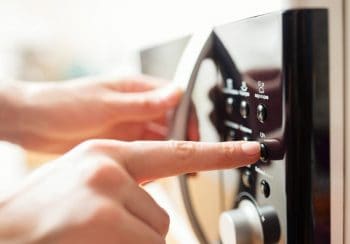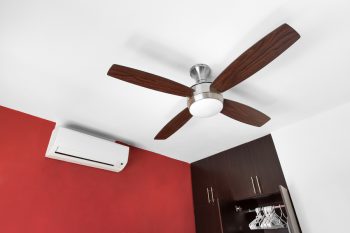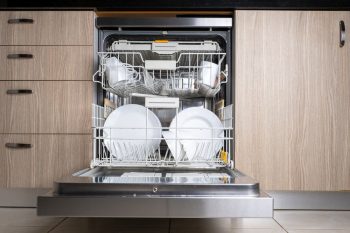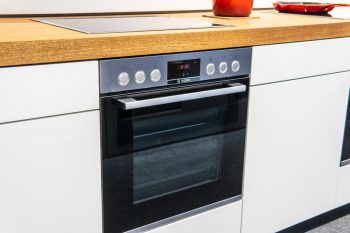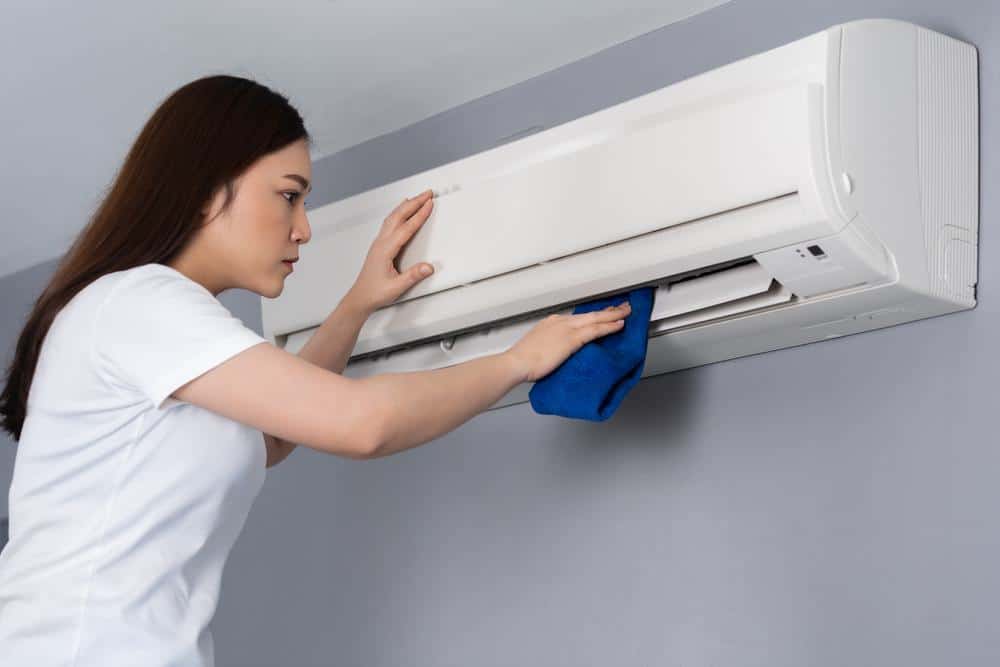
Understanding the amp draw of your air conditioning (AC) unit is crucial for managing energy consumption, optimizing performance, and ensuring the long-term durability of your system. In this comprehensive guide, we will walk you through the step-by-step process of checking the amp draw on an AC unit, discuss the importance of amp draw, and delve into potential problems related to abnormal amp draw.
To check the amp draw on an AC unit, you will need a clamp meter or a multimeter with a clamp attachment. First, turn off the power to the AC unit for safety. Then, locate the wires connected to the compressor and fan motor and set your meter to measure AC current (Amps). Open the jaws of the clamp meter and place it around a single wire. Turn the power back on and read the amp draw on the meter’s display. Compare this to the manufacturer’s specifications to ensure it’s within the acceptable range. Always exercise caution when working with electrical systems.
Understanding Amp Draw
Amp draw, or amperage, refers to the amount of electrical current drawn by an AC unit to function. The higher the amps, the more electrical power it consumes. This directly impacts the energy usage and cost associated with running your AC unit. Therefore, by understanding the factors that affect AC amps, you can make informed decisions to reduce energy usage and save money on your electricity bills.
Measuring Amp Draw
To measure the amp draw on your AC unit, you will need a clamp meter or a multimeter with a clamp attachment. Here’s a step-by-step guide on how to do this:
- Turn off the power to the AC unit to ensure safety.
- Locate the wires connected to the compressor and fan motor. These are usually found in the outdoor unit of the AC system.
- Set the clamp meter or multimeter to measure AC current (Amps). If using a multimeter, make sure to insert the red lead into the input jack marked “A” and the black lead into the “COM” jack.
- Open the jaws of the clamp meter by pressing the jaw release lever. Place the clamp around a single wire connected to the compressor or fan motor, not around a cable with multiple wires.
- Turn the power back on to the AC unit.
- Read the amp draw on the meter’s display. Compare the measured value to the manufacturer’s specifications for the compressor and fan motor. These specifications can usually be found on the nameplate of the AC unit or in the user manual.
- Turn off the power to the AC unit and remove the clamp meter.
Remember to exercise caution when working with electrical systems and follow safety guidelines to avoid electrical shock or injury. If you are unsure about any part of the process, it is best to consult a professional HVAC technician.
Determining Acceptable Amp Draw
Every AC unit has a rated amperage, which is usually mentioned in the user manual or on the nameplate of the unit. A small window unit may draw around 5-10 amps, while a larger central AC system can draw anywhere from 15 to 50 amps. The measured amp draw should ideally be within this range for efficient operation. If the measured amp draw is significantly higher or lower, it may indicate a problem with the AC unit.
Potential Problems with Abnormal Amp Draw
A high or low amp draw can lead to several issues, including overheating, reduced cooling capacity, increased energy consumption, premature wear and tear, and compressor failure. Regular maintenance, cleaning, and inspection of your AC unit can help prevent these issues.
Corrective Actions for Abnormal Amp Draw
If the amp draw is not within the acceptable range, you may need to clean the condenser coils, replace the capacitor, verify the refrigerant charge, check the line voltage, inspect the compressor, examine the internal wiring and parts, ensure proper sizing of the AC unit, maintain a clean air filter, check for issues with the compressor valves, and inspect the metering device.
In conclusion, monitoring and managing amp draw is crucial for the optimal performance and longevity of your AC unit. Regular maintenance and timely corrective actions can help prevent potential problems, improve energy efficiency, and save you money in the long run. If you encounter any issues, it is always a good idea to consult with a professional HVAC technician.
Frequently Asked Questions
What is a clamp meter and where can I get one?
A clamp meter is a tool used by electricians and other professionals to measure the flow of electricity in a wire without having to cut into the wire. It works by clamping around the wire and reading the magnetic field created by the electricity flowing through the wire. Clamp meters can be found in most hardware stores, online marketplaces like Amazon, or specialized electrical supply stores.
Is there a specific time when I should check the amp draw of my AC unit?
Ideally, you should check the amp draw of your AC unit at least once a year, typically during the spring before the heavy usage period in the summer. However, if you notice any issues with your AC unit’s performance or an increase in your energy bills, you should check the amp draw to help determine if there is a problem.
What is the ‘acceptable range’ for amp draw and how is it determined?
The acceptable range for amp draw is typically specified by the manufacturer and can be found in the user manual or on the nameplate of the AC unit. It is determined based on the design and specifications of the AC unit. A small window unit may draw around 5-10 amps, while a larger central AC system can draw anywhere from 15 to 50 amps. If the measured amp draw is significantly higher or lower than this range, it may indicate a problem with the AC unit.
What should I do if my AC unit’s amp draw is not within the acceptable range?
If the amp draw is not within the acceptable range, it could indicate a potential issue with the AC unit. You may need to clean the condenser coils, replace the capacitor, verify the refrigerant charge, check the line voltage, inspect the compressor, examine the internal wiring and parts, ensure proper sizing of the AC unit, maintain a clean air filter, check for issues with the compressor valves, and inspect the metering device. If you’re unsure about any of these steps, it’s best to consult a professional HVAC technician.
Can a high or low amp draw damage my AC unit?
Yes, a high or low amp draw can lead to several issues, including overheating, reduced cooling capacity, increased energy consumption, premature wear and tear, and compressor failure. Regular maintenance, cleaning, and inspection of your AC unit can help prevent these issues.



